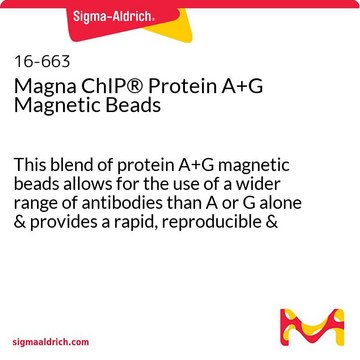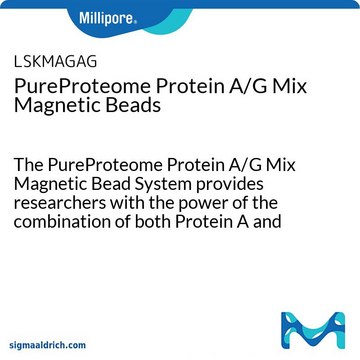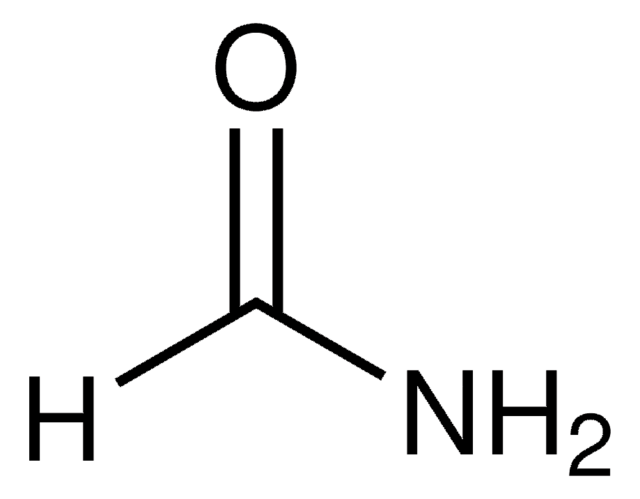16-201
Protein G Agarose/Salmon Sperm DNA, 2.5 mL
for use in chromatin immunoprecipitations (ChIP assays)
Sinônimo(s):
ChIP agarose beads, ChIP agaraose G beads
About This Item
Produtos recomendados
Nível de qualidade
Formulário
liquid
fabricante/nome comercial
Upstate®
técnica(s)
ChIP: suitable
adequação
suitable for immunoprecipitation
Condições de expedição
wet ice
Descrição geral
Embalagem
Qualidade
forma física
Armazenamento e estabilidade
Informações legais
Exoneração de responsabilidade
Código de classe de armazenamento
10 - Combustible liquids
Classe de risco de água (WGK)
WGK 1
Certificados de análise (COA)
Busque Certificados de análise (COA) digitando o Número do Lote do produto. Os números de lote e remessa podem ser encontrados no rótulo de um produto após a palavra “Lot” ou “Batch”.
Já possui este produto?
Encontre a documentação dos produtos que você adquiriu recentemente na biblioteca de documentos.
Os clientes também visualizaram
Conteúdo relacionado
Protein and nucleic acid interaction reagents and resources for investing protein-RNA, protein-DNA, and protein-protein interactions and associated applications.
Nossa equipe de cientistas tem experiência em todas as áreas de pesquisa, incluindo Life Sciences, ciência de materiais, síntese química, cromatografia, química analítica e muitas outras.
Entre em contato com a assistência técnica









